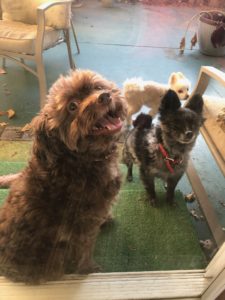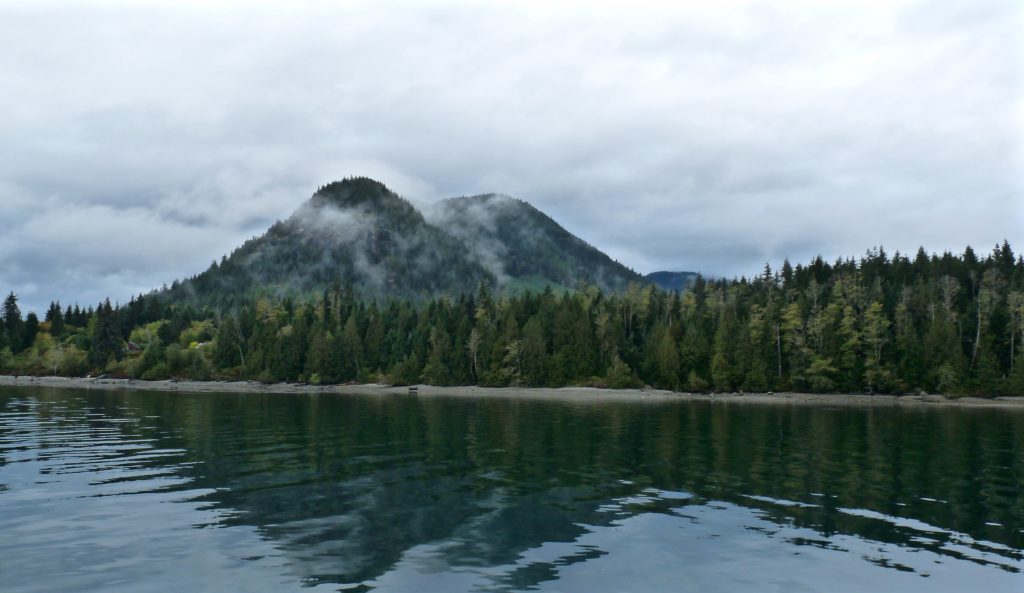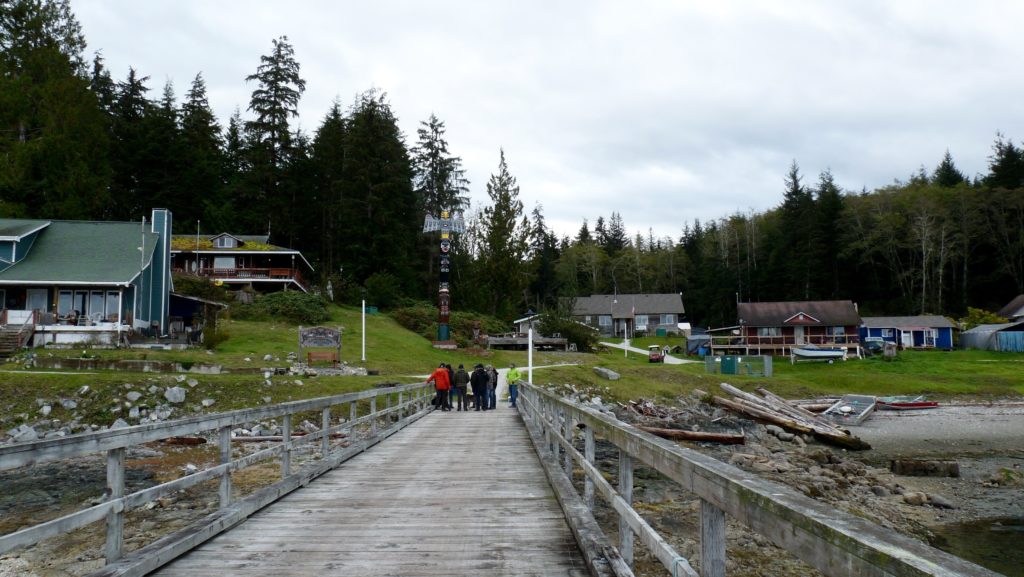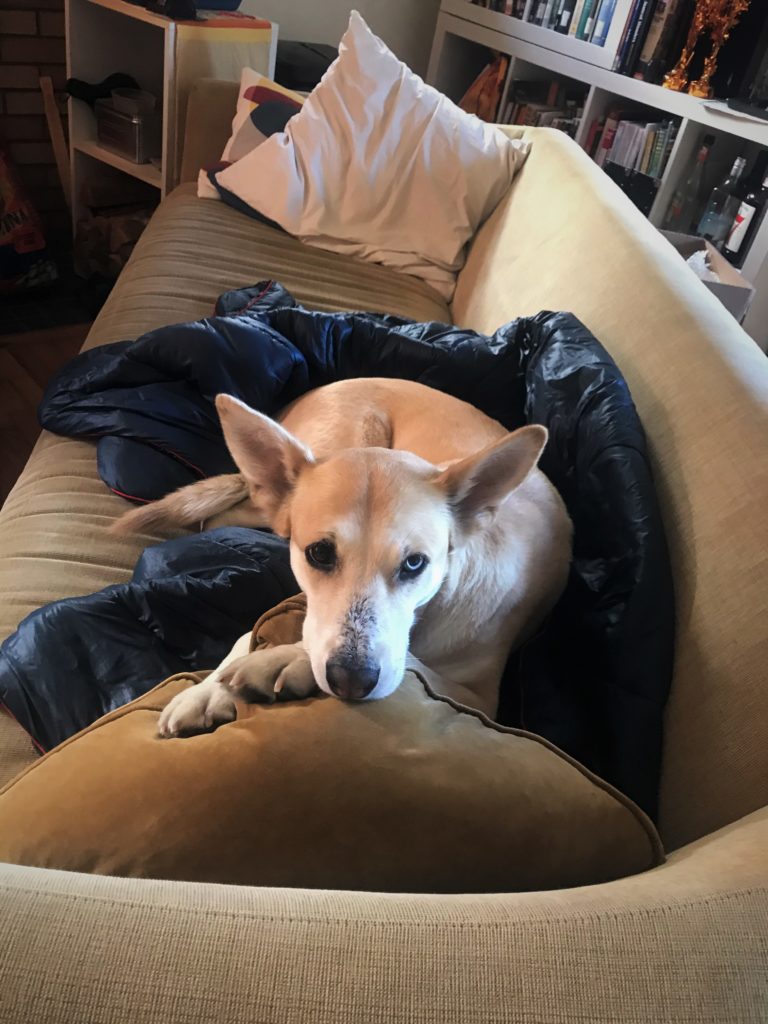Policy in Action at the Haystack Rock Awareness Program (HRAP)
A lot of the research I am doing at HRAP this summer is revolving around a policy that was written in 1990 and included in the Oregon Ocean Resources Management Plan. The document recommended numerous programs to protect and benefit Oregon’s coastal environments–including the designation of Intertidal Marine Gardens.
Haystack Rock is now one of seven Marine Gardens along the Oregon coast that have special sets of rules. These include prohibiting people from collecting plants or animals and climbing above the high tide level onto the rock. The plan also encourages educational programs, like HRAP, to promote public use of Marine Gardens as long as visitors do not jeopardize the environment’s health.
On a positive side, this policy has been protecting the delicate marine life for years and has allowed it to flourish. Staff and volunteers at HRAP are hard at work everyday engaging with visitors and encouraging them to safely appreciate the environment. You know what they say—take nothing but pictures, leave only footprints! On a downside, lots of activities people previously took part in, such as climbing on rocks or exploring caves, are not allowed. Sometimes, visitors wonder why this is. Once they realize it helps minimize disruptions, they are usually pretty receptive to the rules!

Unpacking HRAP’s Success
I have learned quite a bit so far during my time with HRAP, especially about how this policy works within the community. One thing I really appreciate is the immense amount of support HRAP receives from its partners. Friends of Haystack Rock (FOHR) is a non-profit in the area that works closely with HRAP to achieve similar goals. I attended a board meeting last week and was better able to understand the collaboration and partnership serving Haystack Rock.
Part of the reason HRAP has been so successful at protecting Haystack Rock is because of partnerships not just between other orgs, but also between businesses and residents. During the next few weeks of my project I’m excited to continue unpacking those connections a bit more. One of my intended outcomes is to identify different ways community connections can be strengthened as well.
A Future in Environmental Policy?
In trying to illuminate the effects of Marine Garden status, my understanding of environmental policy continues to grow. It is so important to ensure there is a constant flow of information between researchers and policy makers. I am definitely interested in learning more about that process as I go forward. Now more than ever, it is time to build bridges between science and policy to keep us on track towards healthy oceans!
Thanks for reading!






















